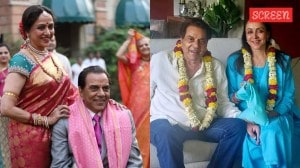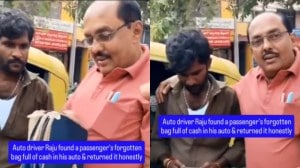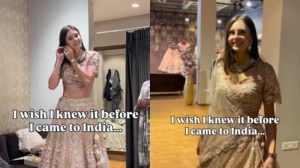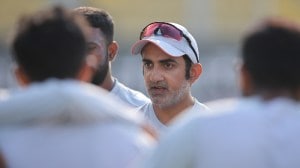Both sides missed that deadline but they accomplished it on Tuesday marking a pivotal point on a bilateral arc, steered by Union Commerce Minister Piyush Goyal right through, that has cut across the political spectrum in London.

Shortly after he announced the agreement, speaking at an ABP Network event, Modi said that he had talked to PM Keir Starmer. “This agreement for mutual trade and economic cooperation between two big and open market economies of the world will add a new chapter in the development of both countries,” he said.
Calling it “great news for our youth,” Modi said it would boost economic activity in India, bring “new opportunities for Indian businesses and MSMEs”.
Referring to the recent trade agreements with UAE, Australia and Mauritius, he said: “India is not just reforming but is actively engaging with the world to make itself a vibrant trade and commerce hub.”
The finalisation of the India-UK FTA marks three key takeaways.
One, the UK has stolen a march over the two other FTAs India is negotiating with the US and the European Union. Since Brexit in January 2020, talks on a bilateral trade deal gathered momentum and the UK has been aggressively negotiating with India over the last three years. The changed geo-economic environment gave a sense of urgency to the pace.
Story continues below this ad
After US President Donald Trump imposed universal tariffs and then put a pause on it for 90 days, India has started negotiating a deal with the US. US Treasury Secretary Scott Bessent has indicated that the one with India could be one of the first trade deals with the US.
That was the highlight of PM Modi’s talks with US President Trump this February and of the recent visit of Vice President J D Vance.
The European Union is also pushing for the India-EU FTA and that, too, was reflected when the 22 European College of Commissioners visited India in February this year, led by EU chief Ursula von der Leyen.
That the UK has sealed the first one puts India at an advantage as it talks with Washington and Brussels (which has to negotiate on behalf of 27 European member countries) to extract key concessions.
Story continues below this ad
Two, the deal has the imprimatur of a bipartisan consensus in the UK. Johnson had kickstarted negotiations in 2022; the last phone conversation between his successor PM Rishi Sunak and Modi was on March 12, 2024 — before both India and the UK went in for the elections.
In that call, Sunak and Modi “assessed positively the progress made towards early conclusion of a mutually beneficial Free Trade Agreement”. In a sense, a bulk of the negotiations was wrapped up and the understanding was that the leaders would pick up the thread after the elections.
The Conservatives lost, and on July 6, a day after Keir Starmer led a Labour landslide ending the 14 years of Tory rule, Modi spoke to him and the two leaders “agreed to work towards an early conclusion of a mutually beneficial India-UK free trade agreement”.
According to 10, Downing Street, the British Prime Minister, while discussing the FTA, had said he stood ready to conclude a deal “that worked for both sides”.
Story continues below this ad
In a sense, it was a seamless transition between the Tories and Labour — arch political rivals. What helped was that Modi’s BJP-led coalition government went into the third term.
Three, the FTA reinforces the economic relationship which is the most crucial pillar of the India-UK bilateral “Comprehensive Strategic partnership” — like the defence pillar is with the French and the Russians.
This pact unlocks the potential in economic ties and can build confidence in other key sectors as well.
India-UK bilateral trade (both goods and services) stood at £40.9 billion in the four quarters to the end of Q3 2024 (up to September). India’s total imports from the UK amounted to £17.5 billion and India’s total exports amounted to £23.4 billion. India was the UK’s 11th largest trading partner in this period accounting for 2.4% of UK’s total trade.
Story continues below this ad
India retains the position of second-largest source of Foreign Direct Investment (FDI) in the UK, after the US. UK is the 6th largest investor in India.
In that context, FTA adds depth and breadth to the bilateral ties. The Indian statement flags this: “This agreement cements the strong foundations of the India-UK Comprehensive Strategic Partnership, and paves the way for a new era of collaboration and prosperity.”
From defence and security, critical technologies to education, Indian diaspora to tourism — India and UK are working towards strengthening ties across sectors. Modi invited Starmer to visit India soon, and as an Indian official summed it up, “the FTA is the floor, not the ceiling (for the relationship).” With inputs from Vikas Pathak








































